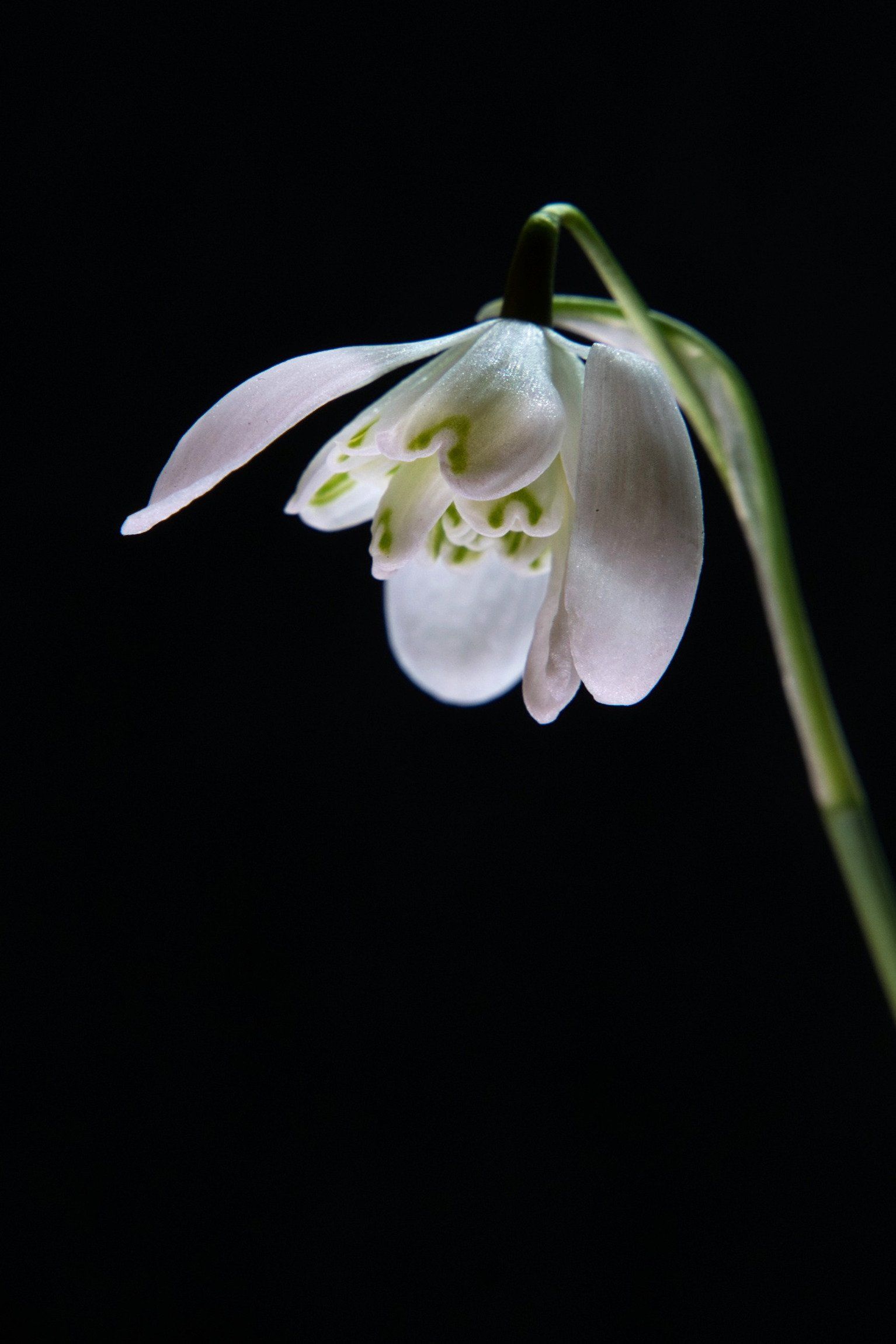Photo Editing Software
Derek Smith • 11 February 2020
Photo Editing Software
This article is not an endorsement of any particular software, nor is it a recommendation of any editing software, instead the article is merely a personal view on which software that I use, and why I use it.
Firstly, let me say that I personally am not in favour of a subscription model for photo editing software, I much prefer to pay up front for a copy of software, and have it as my personal copy, loaded onto my personal computer.
Affinity Photo – This is a very powerful piece of software; it uses layers for the various adjustments. Affinity readily imports RAW images and allows the user to make initial adjustments to the image, before “Developing” the image into a 16-bit Affinity file, where again non-destructive editing can be carried out, before exporting the image usually into an 8 bit .jpg. As with any powerful editing software, there is quite a steep learning curve, but there are an excellent range of tutorials on YouTube, as well as Vimeo, and there is also a printed manual for further instruction. Affinity Photo software works on Apple Macs, Windows, and iPad.
Likes: Tone Mapping, Perspective Filter, and Masking.
Dislikes: Learning curve, and time taken to process an image.
FastStone Image Viewer – A free to use image viewer, and editor, available for Windows computers only. This is a very useful, and versatile image viewer and editor, in full screen mode the control panels are hidden, move the cursor to the left to show the editing panel, move the cursor right to show the EXIF information, and moving the cursor up to the top of the screen shows the image folder view.
Likes: Simplicity, it’s free, the ability to view a folder of images is very useful, and fast editing using keyboard shortcuts.
Dislikes: No layering, or masks.
Apple Photos – A very useful image viewer and editor for those on the Apple eco system it works seamlessly across all Apple devices. Simple sliders for any adjustments, and an “auto enhance” magic wand makes for good ease of use. The iCloud storage backup of images is baked into Photos and synchronises images across all devises owned.
Likes: Ease of use, backup, and works over all your Apple devices.
Dislikes: For Apple devices only, locked into Apple eco system, no advanced features.
Skylum Luminar 4 – This image editor can be used on Windows, and Apple Macs. The simple enhancement filter presets are a pleasure to use. The AI features work very well, although it can take a few seconds for the effects to be seen in the image, editing is non-destructive, simply roll back any changes made. Sky replacement, and portrait enhancement tools are very effective. RAW processing is so easy (for Sony ARW files), no developing stage, the image loads, you choose the adjustments / filters, and export as a .jpg. Folders of images can be added to the Luminar Library, no new folder is created, Luminar just adds the path to the selected folder.
Likes: Ease of use, simple sliders, enhancement filter presets, customisable vignette, glow tools, and graduated filters.
Dislikes: Crop, resize, and straighten tools are not as easy to use as FastStone.
Workflow – I will normally view my images in Apple Photos, or FastStone, select the images that I would like to edit, and place these in a separate folder, these are usually imported from the camera.
After editing in Luminar 4, or Affinity Photo, I will export, and save as .jpg. Where I’ve used Luminar 4 as an editor on the Windows laptop, I’ll crop, resize, or straighten in FastStone. The edited images can be imported to Apple Photos, or saved to the Pictures folder in Windows, and I will also save the photos to my SmugMug cloud storage.
This article is not an endorsement of any particular software, nor is it a recommendation of any editing software, instead the article is merely a personal view on which software that I use, and why I use it.
Firstly, let me say that I personally am not in favour of a subscription model for photo editing software, I much prefer to pay up front for a copy of software, and have it as my personal copy, loaded onto my personal computer.
Affinity Photo – This is a very powerful piece of software; it uses layers for the various adjustments. Affinity readily imports RAW images and allows the user to make initial adjustments to the image, before “Developing” the image into a 16-bit Affinity file, where again non-destructive editing can be carried out, before exporting the image usually into an 8 bit .jpg. As with any powerful editing software, there is quite a steep learning curve, but there are an excellent range of tutorials on YouTube, as well as Vimeo, and there is also a printed manual for further instruction. Affinity Photo software works on Apple Macs, Windows, and iPad.
Likes: Tone Mapping, Perspective Filter, and Masking.
Dislikes: Learning curve, and time taken to process an image.
FastStone Image Viewer – A free to use image viewer, and editor, available for Windows computers only. This is a very useful, and versatile image viewer and editor, in full screen mode the control panels are hidden, move the cursor to the left to show the editing panel, move the cursor right to show the EXIF information, and moving the cursor up to the top of the screen shows the image folder view.
Likes: Simplicity, it’s free, the ability to view a folder of images is very useful, and fast editing using keyboard shortcuts.
Dislikes: No layering, or masks.
Apple Photos – A very useful image viewer and editor for those on the Apple eco system it works seamlessly across all Apple devices. Simple sliders for any adjustments, and an “auto enhance” magic wand makes for good ease of use. The iCloud storage backup of images is baked into Photos and synchronises images across all devises owned.
Likes: Ease of use, backup, and works over all your Apple devices.
Dislikes: For Apple devices only, locked into Apple eco system, no advanced features.
Skylum Luminar 4 – This image editor can be used on Windows, and Apple Macs. The simple enhancement filter presets are a pleasure to use. The AI features work very well, although it can take a few seconds for the effects to be seen in the image, editing is non-destructive, simply roll back any changes made. Sky replacement, and portrait enhancement tools are very effective. RAW processing is so easy (for Sony ARW files), no developing stage, the image loads, you choose the adjustments / filters, and export as a .jpg. Folders of images can be added to the Luminar Library, no new folder is created, Luminar just adds the path to the selected folder.
Likes: Ease of use, simple sliders, enhancement filter presets, customisable vignette, glow tools, and graduated filters.
Dislikes: Crop, resize, and straighten tools are not as easy to use as FastStone.
Workflow – I will normally view my images in Apple Photos, or FastStone, select the images that I would like to edit, and place these in a separate folder, these are usually imported from the camera.
After editing in Luminar 4, or Affinity Photo, I will export, and save as .jpg. Where I’ve used Luminar 4 as an editor on the Windows laptop, I’ll crop, resize, or straighten in FastStone. The edited images can be imported to Apple Photos, or saved to the Pictures folder in Windows, and I will also save the photos to my SmugMug cloud storage.
Louth Photographic Society

Good Morning All Last week at the club we viewed the Lincolnshire photographic Associations mono group presentation, Dave Turner who goes to the group talked us through the evening with Chris Birchmore and Richard Hildred talking about their photographs. There is a blog on the evening on our website, but inspired by the evening I thought I had better try a few mono photographs myself. This week, Wednesday 10th December, we will hold our monthly print competition, with the categories of "People" and "Open", to be judged by Dane Butler from Dunholme. There are good number of entries so should be a very good competition. The following week, Wednesday 17th December, is our buffet and quiz night, for new members the buffet will be supplied and anyone who would like to donate a raffle prize please give it to Harry. The evening is for members only. Regards Graham
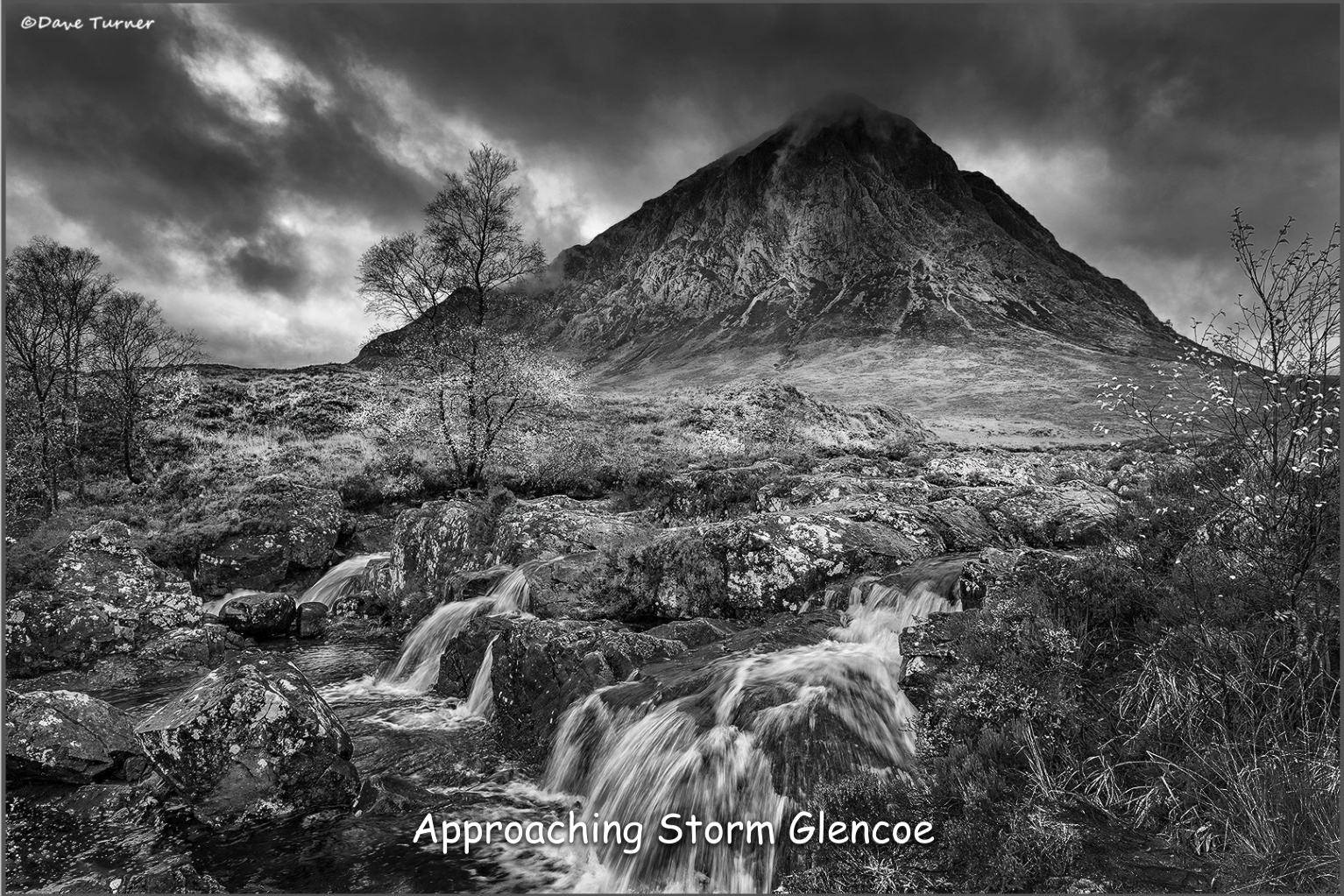
Last night members were treated to a showing of the LPA (Lincolnshire Photographic Association) Mono Group presentation. Three of our members, Dave Turner, Richard Hildred, and Chris Birchmore are members of the LPA Mono Group. Dave Turner excellently presented this showcase of the Mono Groups work, many of the images presented were stunning, and inspirational. A simple photo of a padlock on a gate took on a different dimension when presented in monochrome, and landscape photography becomes dramatic in monochrome, especially with a moody sky. It was a very interesting, and well attended evening. Thank you to Dave Turner for presenting, and Dave Mann for the refreshments.

Good Morning All Last week at the club we held a committee meeting, with all committee members in attendance. Harry will once again run the Christmas raffle on our buffet and quiz night, if any member wants to donate a prize, Harry can now accept them, obviously if it's a perishable prize then bringing it in on the night would be better. We are holding a 70th anniversary exhibition next year at the Louth Museum, if any member has local prints that they think may be suitable to put in the exhibition you can bring them to the club any time now. Derek has done a blog on the night with more information. This week, Wednesday 3rd December, we are viewing the LPA mono groups presentation, Dave Turner is a member of the group and will talk us through what the group do and if time allows show us some of his own mono prints. Don't forget to bring your prints along this week for the print competition, with the categories "People" and "Open", to be held the following week, email your titles to Dave Turner in advance please. Regards Graham
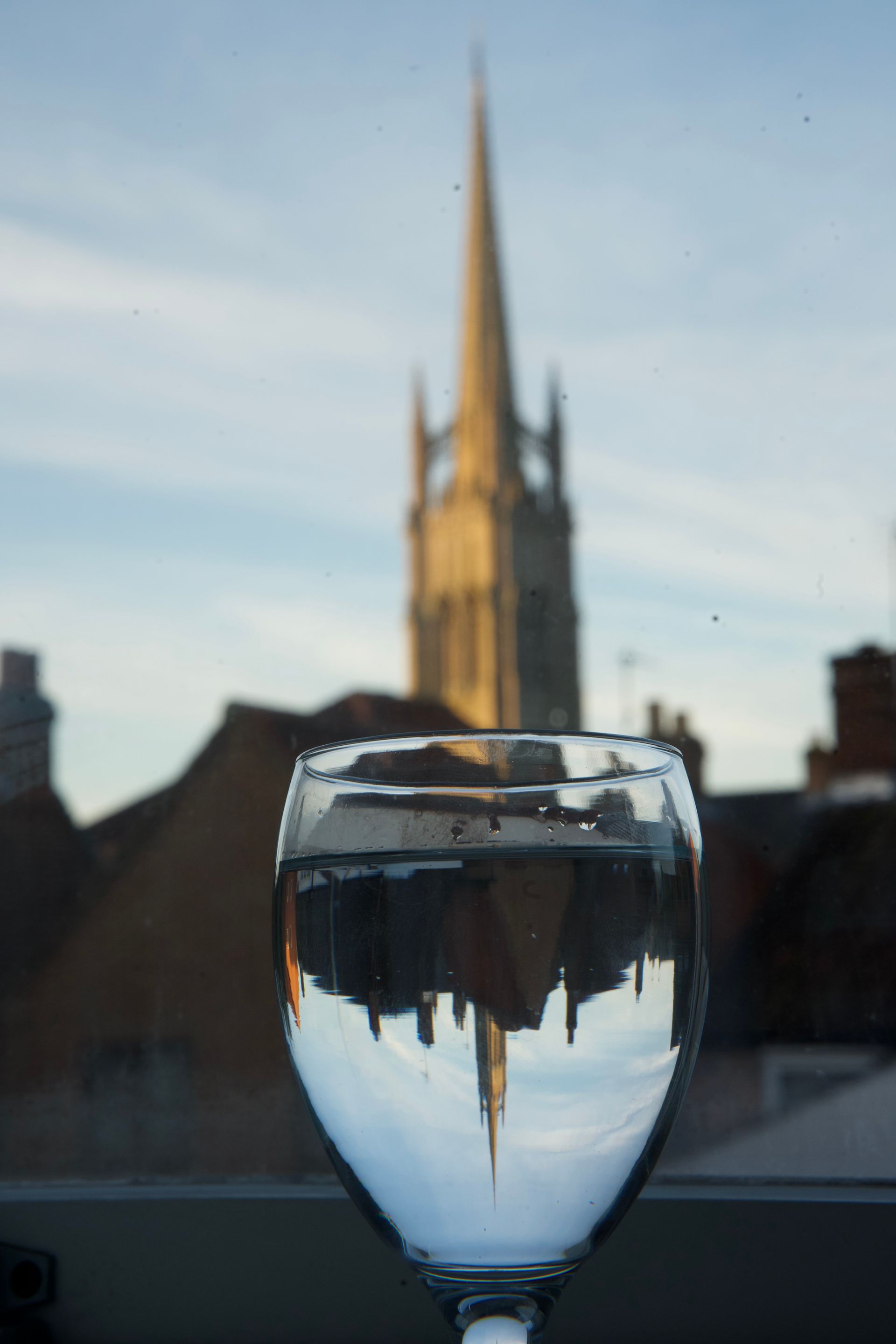
We held a Committee meeting last night in place of a regular meeting. The Committee meets twice a year to discuss items pertinent to effective, and smooth running of our Society. The Society celebrates 70 years of continuous operation next year, and we intend to show an exhibition of photographs taken over those years at the Louth Museum. The LPA Battles print competition will be held next year, and consists of 3 rounds held at photographic clubs throughout Lincolnshire, with a final round held at Nettleham. Louth has been drawn to meet with camera clubs in Grantham, and Axholme, and as you can understand this will entail a far amount of travelling. There is a proposal to the LPA which is currently under consideration which would reduce each club entry to 10 prints and for the whole competition to be held at Nettleham in 2027. Our current annual project is “Prime Time”, that is one photo for each month of the year taken with a fixed focal length lens, a prime lens, my choice for this year has been a 45mm lens, which is a full frame 90mm lens. Members show their annual project photos in the January of the following year. The Committee has decided on the project theme for next year as “Water”, which should give members a chance to demonstrate some creativity, as can be seen from the attached image. Our Christmas social event will be held on the 17th December, a buffet will be provided, there will be a quiz, and a raffle, the door entry charge will be £3 for the evening.
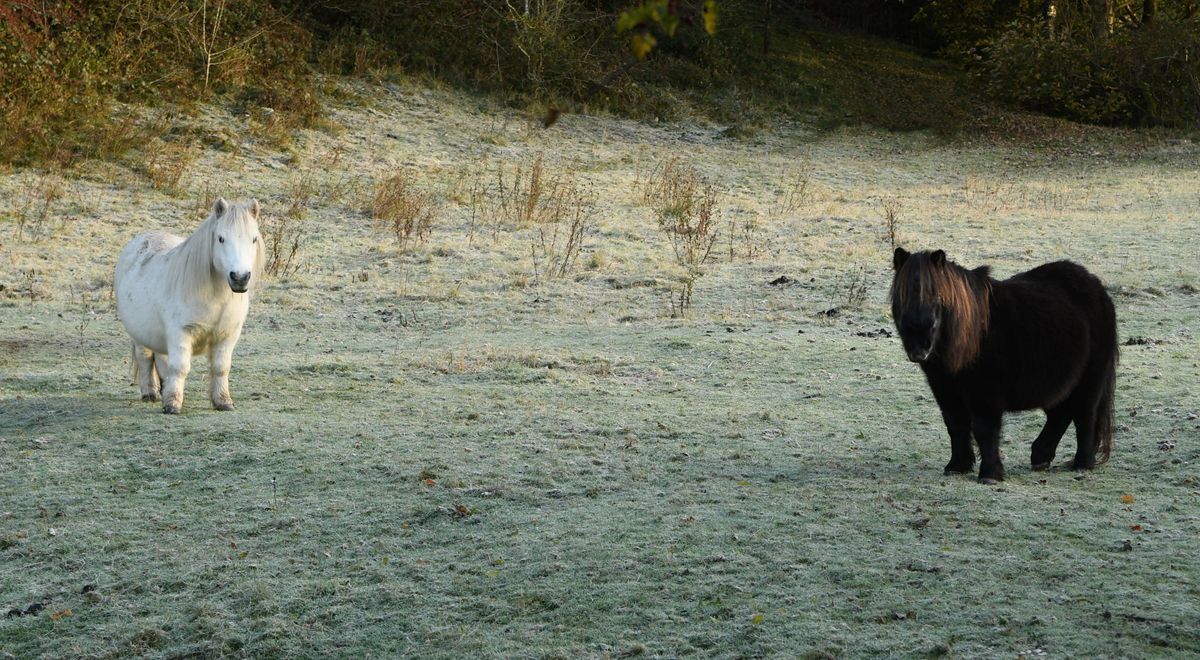
Good Morning All Last week at the club we held our PDI of the year, it was a well-attended event and thanks to Harry's organisation skills it all ran very well. Congratulations go to all the subject winners: Pictorial, Harry Kerman, Record, Dave Evans, Portrait, Derek Smith, Photojournalism, David Evans, Landscape, Dave Turner and Natural History, Graham Harrison. The overall winner was Harry Kerman. Well done Harry a great photograph of a White Cosmos. All the top three in each subject are on our website Competition page. Don't forget if you are entering the December print competition, with the categories of "People" and "Open" send your titles to Dave Turner please. The prints need bringing in a week on Wednesday. This week, Wednesday 26th November, we are holding a committee meeting, committee members only for this one please. For newer members we hold two committee meetings a year to organise events and the smooth running of the club. Regards Graham

Last night we held our PDIOTY (PDI of the Year) competition, our judge for the evening was Jorg Malinowski. These annual competitions are an opportunity for members to showcase their best images from the year, some of course from the monthly competitions, as such the competition entries were of an extremely high standard. Jorg performed an excellent job of judging the entries, and the results are all on the website Competition page. Congratulations to Harry Kerman for gaining the title of PDI of the Year with his White Cosmos image.

Good Morning All While we were away the other week we did have a walk around Blackpool. I only took my compact camera which I bought in 2011 but it still works ok and takes decent photographs. It is a Panasonic LX5 which fits in a pocket and is useful now and again. Last week we had mini lectures; photographs we had taken on this year's outings. Four members took part with Richard Hildred filling in with wedding photography from forty odd years ago, a very interesting look at how Richard went about photographing weddings, very different from today with far less photographs been taken. The outings did show we managed to photograph insects and birds on our walks around Red Hill and Rimac. I finished the evening with photographs taken in Somerset and Devon in 2020. This week, Wednesday 19th November, we hold our PDIOTY (PDI of the year) to be judged by Jorj Malinowski of Lincoln. It will be an evening of our best photography and we have just over fifty entries. The NEMPF exhibition acceptances have now been decided, well done to Dave Turner who had two accepted and I managed one acceptance myself. The standard for acceptance is very high, we had four members enter twenty nine PDI'S all together and only three acceptances . We had a lot of near misses, the score required was twelve and we had twelve elevens between us. You will see the exhibition at our club next year. Regards Graham

At our meeting last night members gave a series of mini lectures with 3 members showing images from the club outings to Red Hill, and Rimac. The meeting was completed by Richard Hildred showing some of his early slides. One of the principles of our Society is that we feature workshops, and outings into our annual programme, because the best way to learn photography is to work with other photographers to understand aperture, shutter speed, and ISO. In June at the Red Hill nature reserve the idea was to capture some macro images of the local insect life, and the orchids at this location. Laying, or kneeling in the grass to get close to the insects, or flowers, our members would begin to understand depth of field with using different apertures, each photographer will have his own method of achieving optimum exposure, and sharpness. Personally I tend to use aperture priority mode (A or Av on the mode dial), auto focus, and “rock” gently back and forwards to gain the focus on the subject. At Rimac, members had a lot more latitude to photograph some bird-life, or landscapes. These are some sample images from the Red Hill, and Rimac nature reserves.

Good Morning All A few more photographs from Sedbergh. Sedbergh has a tree that stands out, not quite as Sycamore gap was but on top of a hill with Crook Fell behind it. I did walk to the top of Crook Fell, got a bit wet but a dramatic sky. Last week at the club we had an excellent presentation from Mike Bennett LRPS DPAGB EFIAP BPE3* Mike showed us some of his latest photographs and as Derek's blog says, the sharpness and exposure accuracy of Mike's photographs was second to none. There is a full report on our blog. This week, Wednesday 12th November, we are holding a mini lecture night, camera club outings that we went to this year, which was Rimac and Red Hill. We have four members taking part plus Richard Hildred has offered to show us some more older transparencies. The four are Myself, Dave Turner, Chris and Paul Twomey. Don't forget to send your PDI of the year entries to Harry by midnight Wednesday (12th) Regards Graham
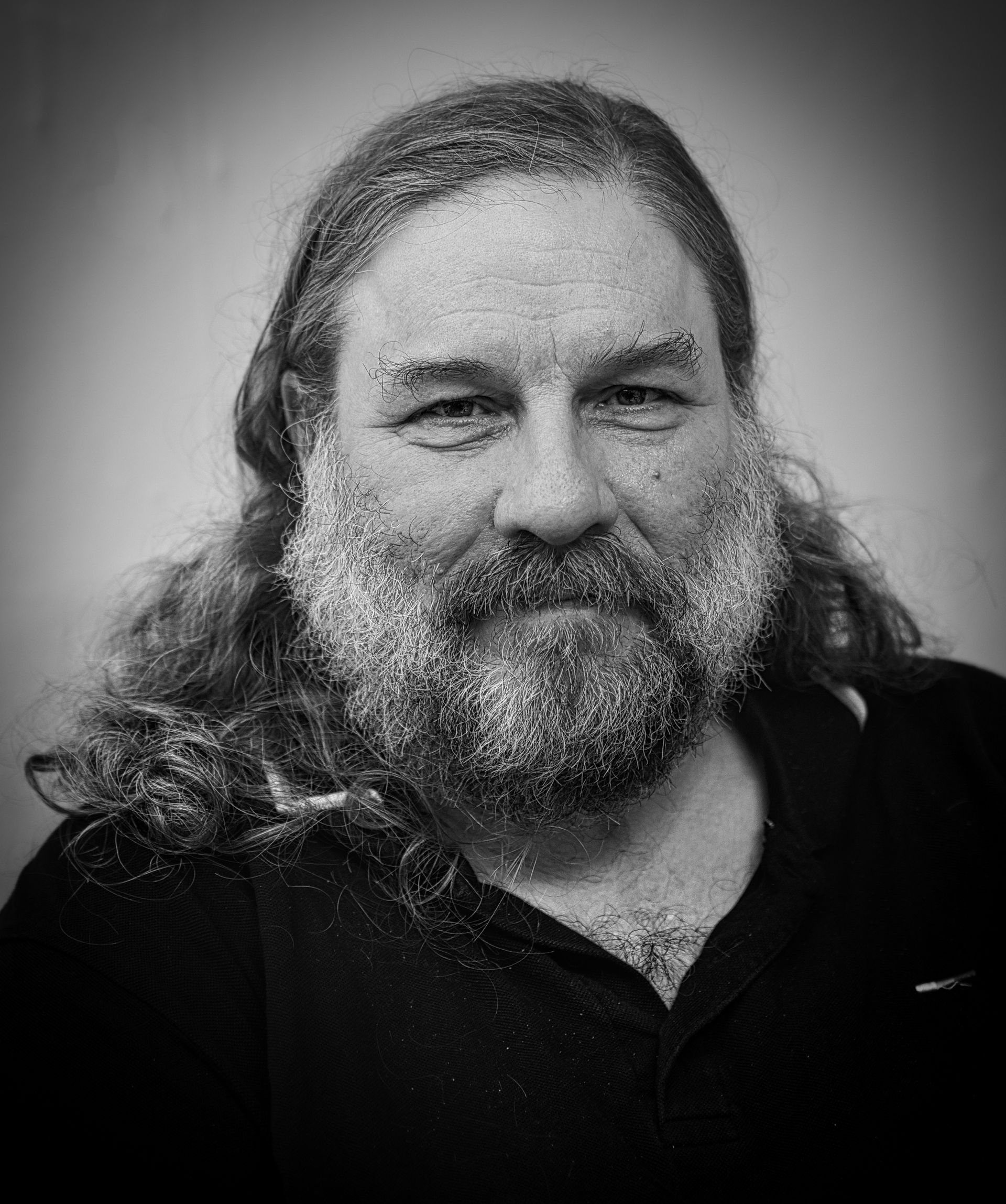
Our speaker last night was the highly talented Mike Bennett, he presented the club with some amazing photographs. For the first half of the presentation he showed many portraits, with the backgrounds skilfully changed, and several composited images. Included in this first half were many travel photos from Serbia, many of the buildings showing the scars of the civil war, photos from Budapest, and Austria. His wildlife photos of pelicans taken at Lake Kerkini in northern Greece were amazing, even though the weather wasn’t all that favourable, and that completed the first half of the evening. After the break, Mike showed us his wildlife photos from the game reserve in Eswatini, (bordering South Africa). The bird photos were very sharp, many of the species such as the Rollers, Vultures, and Ibis are only to be seen in Africa, Mike explained the four “F’s” of bird photography, Flying, Fighting, Feeding, and … yes you’ve guessed it being Friendly. Various other animals were shown, lions, crocodiles, rhino, elephants impala, and warthogs. It was interesting to see the extreme close-up photographs of the rhino, and elephants, as Mike explained those animals are big grey lumps, and sometimes a more interesting photo can be an extreme close-up detailing the skin texture. Mike related how their safari vehicle became held up by a herd of elephants on the track ahead, then a big bull elephant passed behind the vehicle close enough to touch, but of course the group of photographers had to sit absolutely still, until the herd of elephants passed. I was most struck by the photos of the cheetahs, with the photographers walking amongst them!! my favourite from this set was of the cheetah walking up the track pictured on a rise against the sky. The editing, sharpness, and colours from Mike’s photographs was very impressive, it was an extremely good presentation, many thanks Mike.


